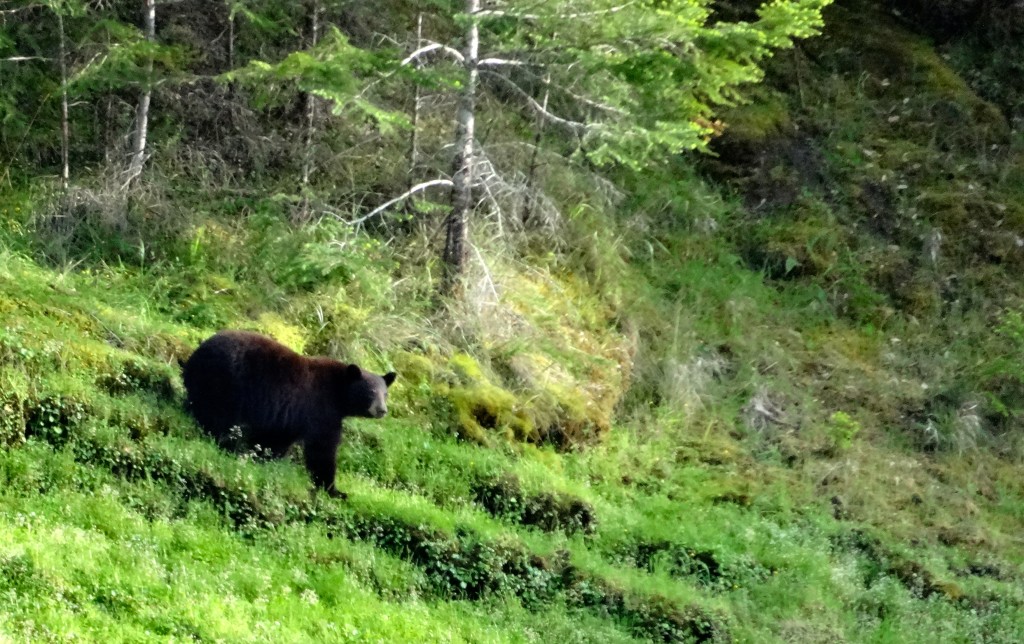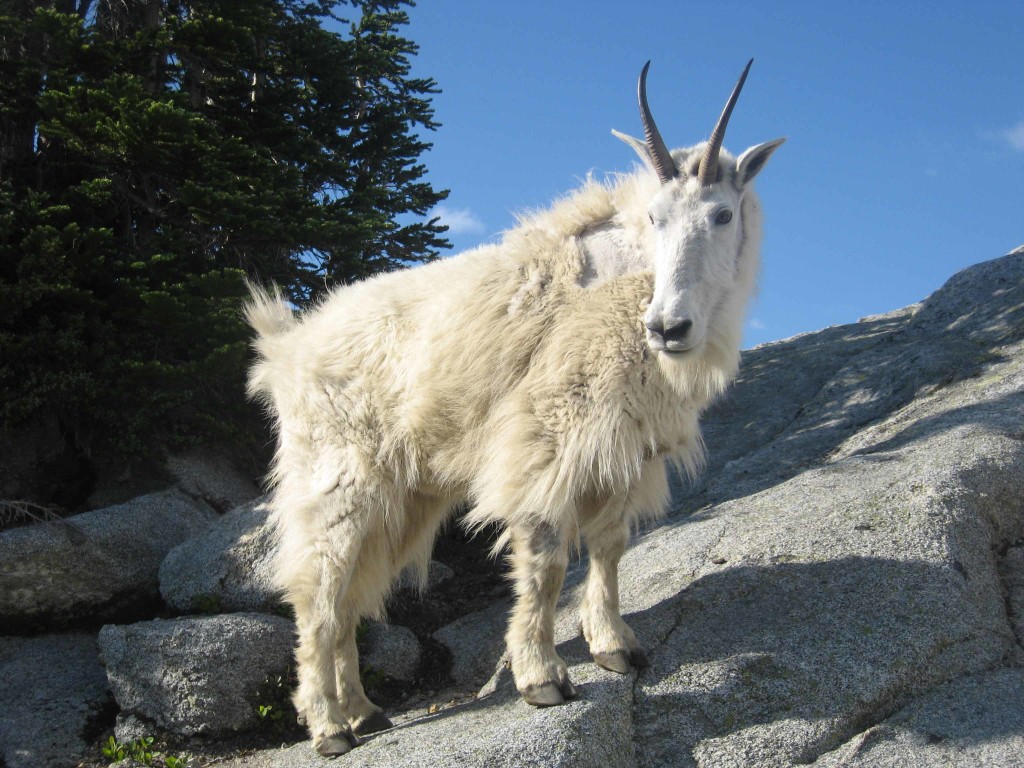Problem Animals
In my Backpacking Basics classes, I get a lot of questions about animals. Most of these questions appear to be fear based notions that big animals like black bears and cougars are hiding in trees or lurking around your tent waiting to eat you. The fact is, most of these animals are shy and avoid contact with people when ever possible. However, I find the smaller woodland animals to be more of a nuisance. Here is a list of the top problem animals and how to deal with them.
1. Gray jays– Or camp robbers, the charming birds seem almost domesticated and will swoop in and grab your grub from your hand if you let them. They travel in packs of two or more usually and will make all different kinds of calls with loving looks attached in order to get your snacks. Don’t trust them and keep your hands down in order to minimize your interaction with these feathery foes. If you’re cooking in camp and they are looming about, cover your food and show them who is boss and they usually take off in a while.
2. Assorted mice– These guys are not shy and usually will hide out in holes under downed logs or shelters. They seem to strike hardest around dusk or dark when you are doing other things around camp, steal your food and drag it back to their dens. I curb my interactions with them by keeping my food in a closed stuff sack that is off the ground on top of a log or hanging from a limb, using a rope and rock sack, 15 feet up and 5 feet out from the tree trunk.
3. Camp deer– Sure they look cute from a distance, but they usually just hang around to lick the salty sweat residue off your pack and trekking poles when you aren’t looking. I always keep my pack in a big plastic or cuben sack to reduce odors and keep it dry overnight. If the camp deer are about when I go to bed, I’ll keep my poles by my shelter so I can scare them away by banging them together and making noise. Don’t ever raise your voice and/or approach them as I have seen them get aggressive.
4. Mountain Goats– These guys can be really weird, and can get aggressive when you come between them and your urine. They need the salt that’s in urine and sweat, and in the backcountry there is a real scarcity, so they will sometimes will hang out and follow you when they think you’re going to go to the bathroom. 95% of the time they will run away or just hang out from afar, but in some popular areas they will follow you. I always urinate on rock or other durable surfaces that face the sun so that my urine dries up quickly and causes less of an impact on the environment. If they are around, try to sneak away when you need to go and don’t get pushy with them if they come in for a sip.
5. Marmots– I’ve personally never seen it, but I have heard people tell me about the dreaded “problem marmots”. In sub alpine/alpine environments it is said that they will lick your pack straps and padding to get that precious salt and then will proceed to claw and shred your pack for it. I am still skeptical about this outcome, but they are very brazen in general and I would not put this past some of them. In general, they will usually keep to themselves and can be quite comical at times.
6. Black bears– Hang your food properly and cook dinner away and downwind from your camp if you seen some around, and you should not have a problem. This is a very shy animal and does not like people in general, so don’t make direct eye contact or run if you see one, and let it wander off at his/her own pace. If you see them around when you are hiking, bang your trekking poles together to send them on their way quicker.
7. Assorted mountain cats– Chances are, you will never see one, I never have. If you do, make yourself look bigger by standing up straight, putting your trekking poles above your head and making a lot of noise. Don’t run away and you should be just fine and consider yourself lucky for seeing one!

